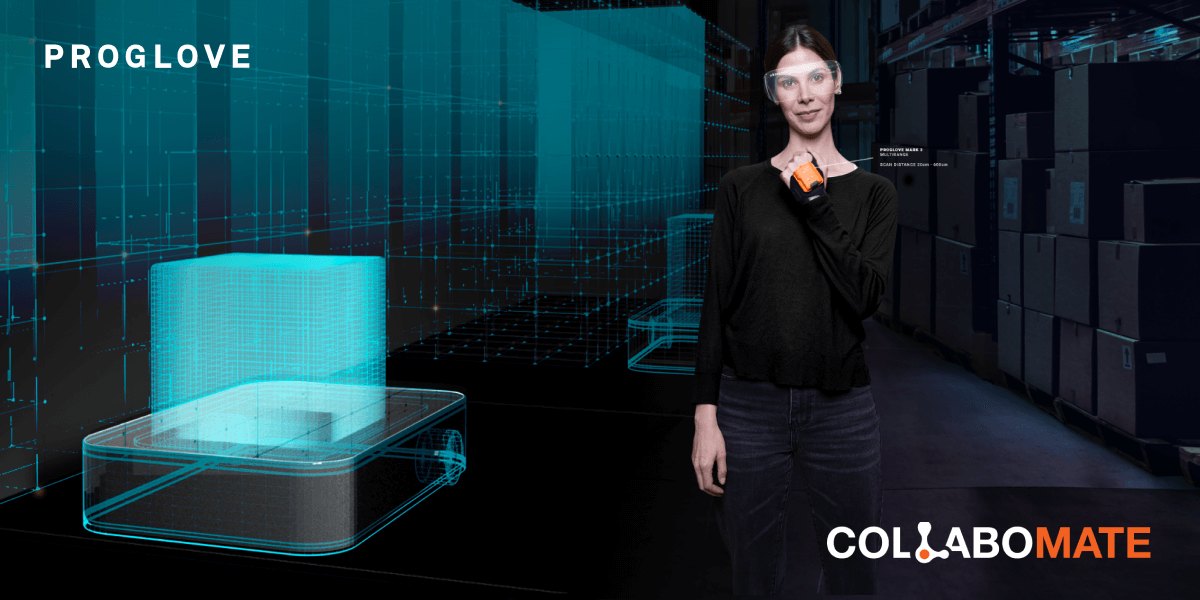How CollaboMation Removes The Blockers in the Way of Automation

Automation is not a new concept, but it has gained more relevance and urgency in the face of global supply chain challenges and difficulty filling vacancies. For some, automation offers an opportunity to keep up with rising demand and stay competitive in the market. However, implementing automation is not as easy as it sounds. Many leaders face issues with adopting the technology and integrating it into their existing warehouse environment. CollaboMation may be a fix to remove them.
According to a recent survey by ProGlove the leading issue facing 28.3% of leaders is a lack of automation expertise to carry out projects. Almost a quarter (24.5%) noted integration difficulties in their current warehouse environment. In addition, 22% struggle with internal resistance, 21% said support and maintenance is an insurmountable issue, and 22% don’t have time to train people. Finally, 18% claim automation is too complicated to implement across the business. In total, only a fifth of respondents said they had no organizational barriers to automation implementation.
These results show that there is no way forward without automation, but automation is not a means to replace human workers. Automation is a means to improve processes, add reliability and efficiency, and enhance the performance and satisfaction of human workers. Therefore, organizations need to look for ways to smartly combine human workers with automation technology.
CollaboMation: How to Balance Human and Machine Work
It is all about finding the right balance between human and machine capabilities. Technology needs to make sense and support human workers, not overwhelm or replace them. So, it is critical to look at the processes and workflows that will have to be redesigned or adapted to accommodate automation. This also means that full automation may not always be the answer, instead organizations may be better off to consider semi- or partially automated systems and have them work alongside their human workers. This collaborative automation or CollaboMation can in fact deliver many tangible benefits.
For example, ProGlove’s wearable barcode scanners enable human workers to scan items faster and more accurately, while freeing their hands for other tasks. The scanners also provide feedback and guidance through haptic, acoustic, and optical signals, which can improve quality and safety. Moreover, the scanners can connect to other devices and systems, such as tablets, smart glasses, or robots, creating a seamless and flexible workflow.
Another example is the use of autonomous mobile robots (AMRs) for material handling and transportation. AMRs can navigate independently and safely in dynamic warehouse environments, while collaborating with human workers. They can also be easily deployed and reconfigured according to changing needs and demands.
How to Overcome Automation Blockers and Boost Your Warehouse
These are just some of the ways that organizations can leverage automation technology to optimize their operations and empower their human workers. By overcoming the blockers in the way of automation, organizations can reap the benefits of increased productivity, efficiency, quality, and customer satisfaction.
Are you interested in learning more about ProGlove’s industry survey “The Warehouse 5 Years From Today”? Download the full survey report at: https://proglove.com/warehouse-in-5-years-survey/